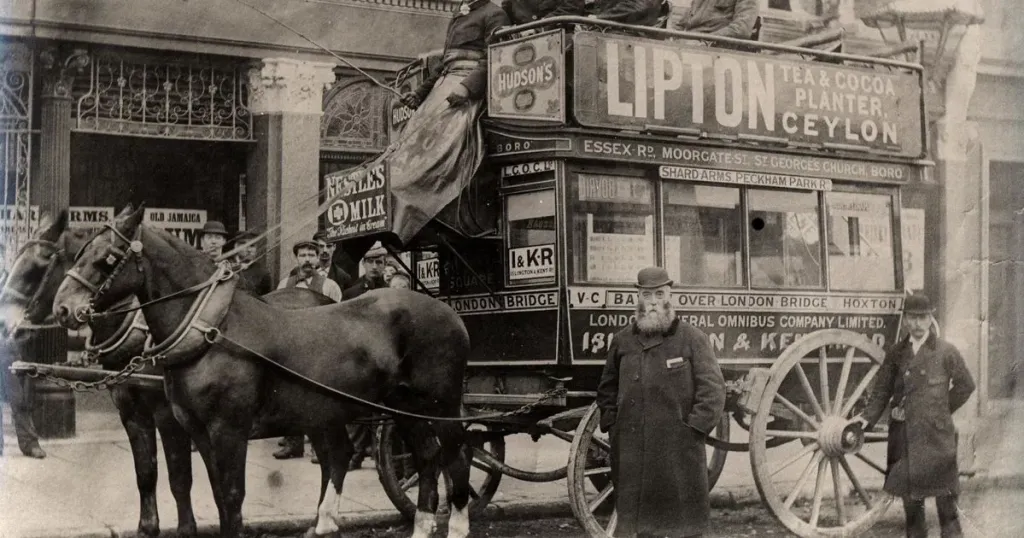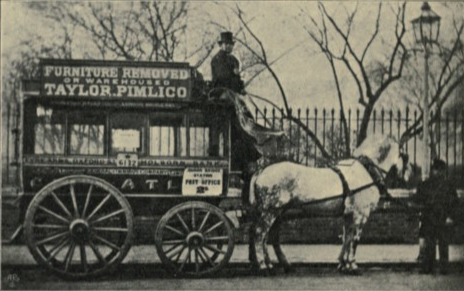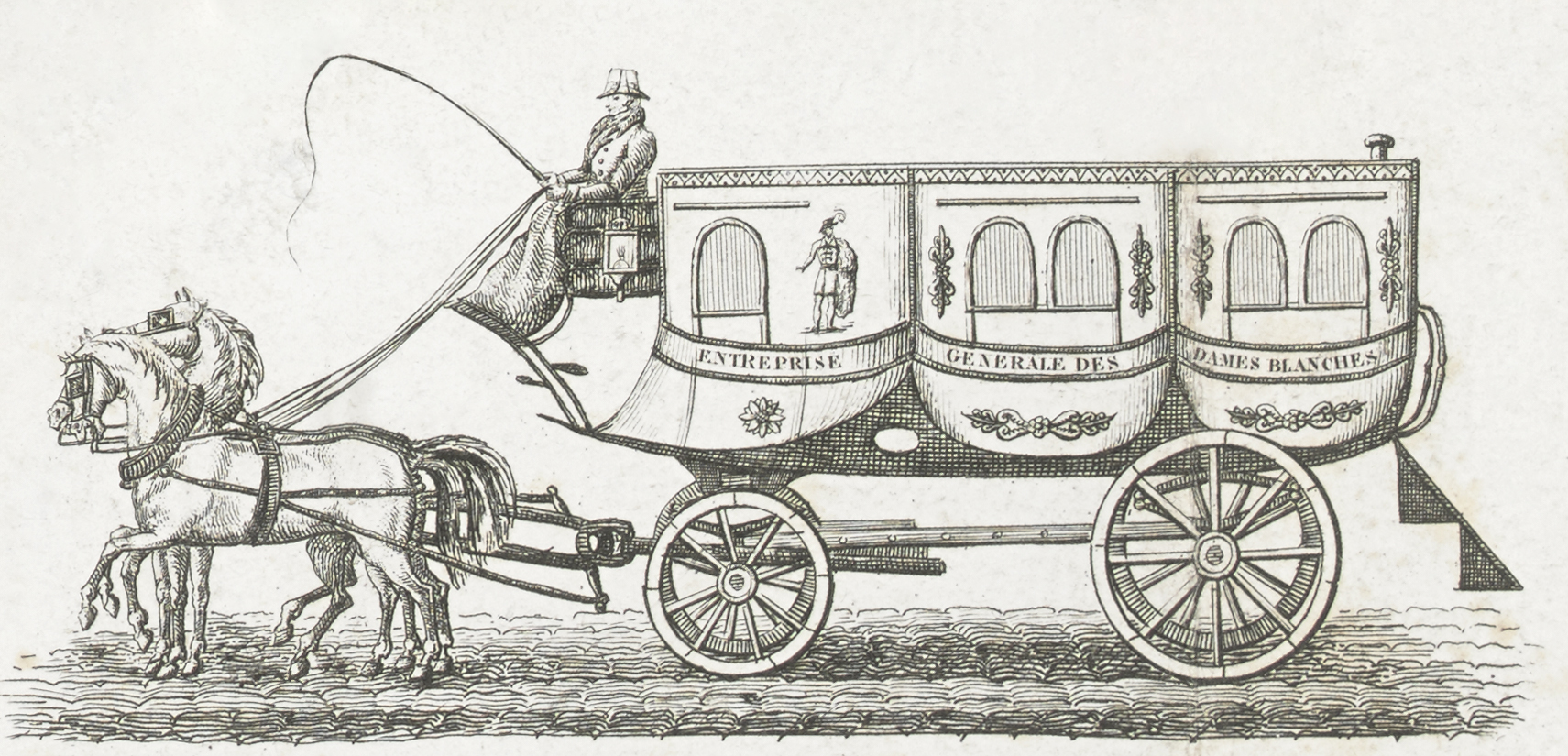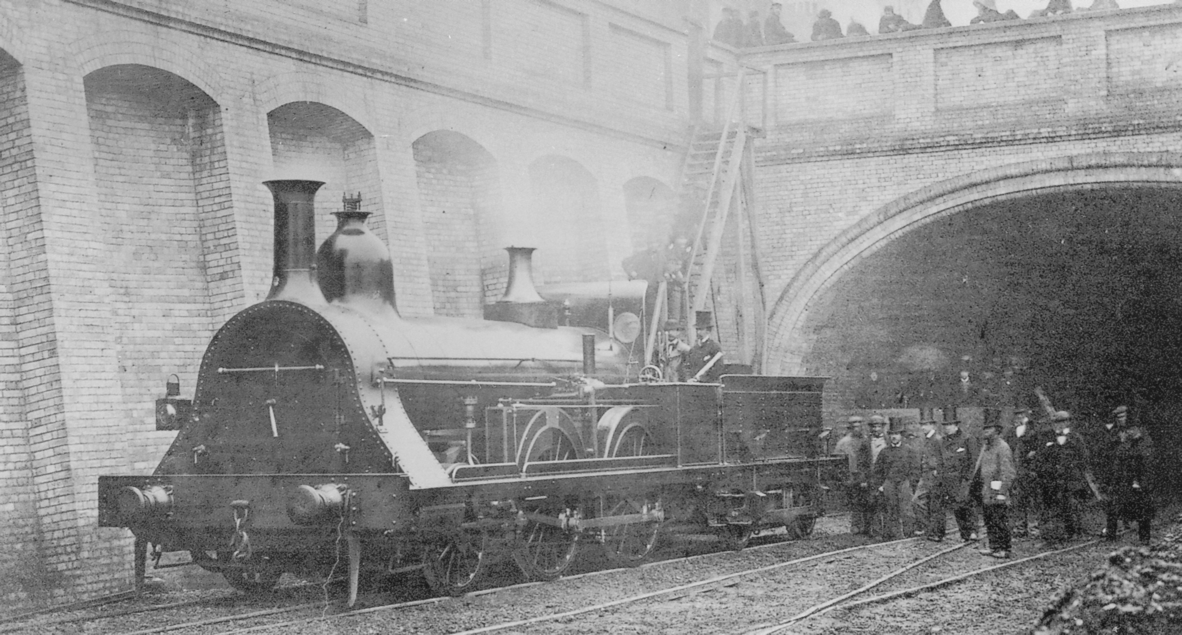Timeline
1662—The Omnibus was first introduced in Paris, marking a
significant milestone in public transportation.
1677—After 15 years, the Omnibus service was discontinued due to
increasing fare prices, and it became exclusive to high-society
members.
John Greenwood launched Manchester's first bus line, which didn't
require any pre-bookings, making it more accessible to the public.
In 1827, Stanislas Baudry commissioned George Shillibeer, an
English coach maker, to design a carriage capable of carrying a
large number of customers.
On 28th April 1828, George Shillibeer's successful design became
the first omnibus in Paris, operating between La Madeleine and la
Bastille at 15-minute intervals.
London introduced its first omnibus in 1831, providing a new mode
of public transportation.
In 1833, legislation was passed in London, allowing these
omnibuses to operate on the streets legally.
Thomas Tilling initiated horse bus services in 1850, but they
faced challenges due to the limitations of horses, such as working
hours, housing, grooming, feeding, and waste management.
In 1855, the London General Omnibus Company (LGOC) was established
to regulate horse-drawn omnibus services across the city. These
systems required multiple horses per bus, leading to large stables
for each bus system.
Around 1860, the advent of mass-produced steel facilitated the
transition from horse-drawn to rail-based transportation, enabling
a significant increase in passenger capacity.
By 1890, electric propulsion began to replace horse-drawn carts in
major cities, further advancing public transportation.
On 4th August 1914, the last horse-drawn cart service between
Peckham and Honor Oak Tavern came to an end, marking the end of an
era in urban transportation.



